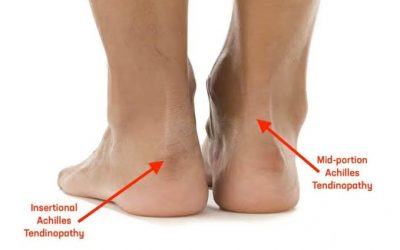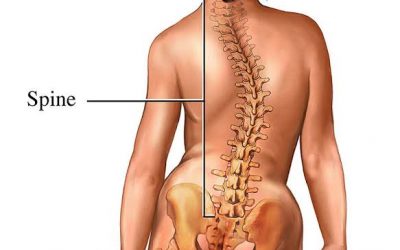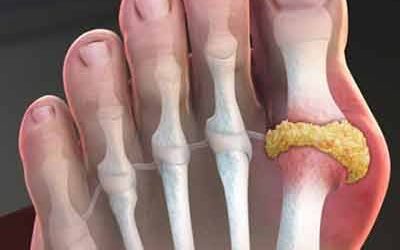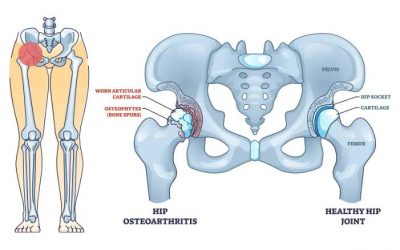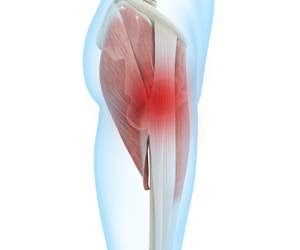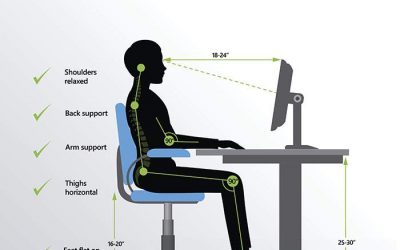Sacroiliitis
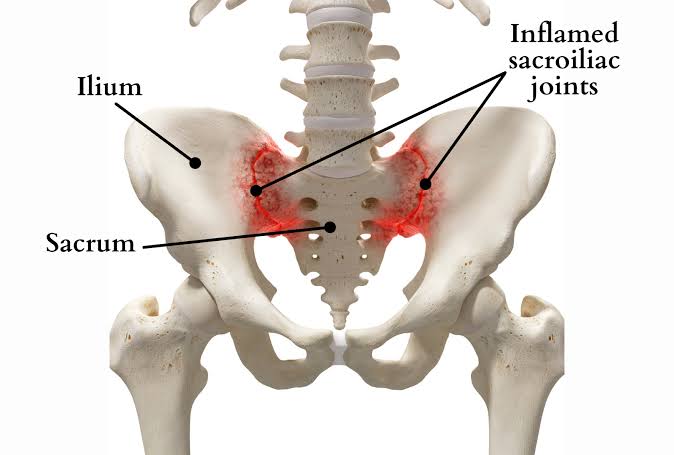

Sacroiliitis is the inflammation of one or both of the sacroiliac joints. These joints are in the lower back, where the spine meets the pelvis. It can lead to pain and stiffness in the lower back, legs, and hips.
Anatomy of SIJ
The Sacroiliac joint (commonly referred to as SIJ) is the joint connection between the spine and the pelvis.
- Large diarthrodial joint made up of the sacrum and the two innominates of the pelvis.
- Each innominate is formed by the fusion of the three bones of the pelvis: the ilium, ischium, and pubic bone.
- The sacroiliac joints are essential for effective load transfer between the spine and the lower extremities.
- It functions both as a shock absorber for the spine above and converts torque from the lower extremities into the rest of the body.
- The sacrum, pelvis and spine are functionally interrelated through muscles,fascia and ligamentous interconnections.
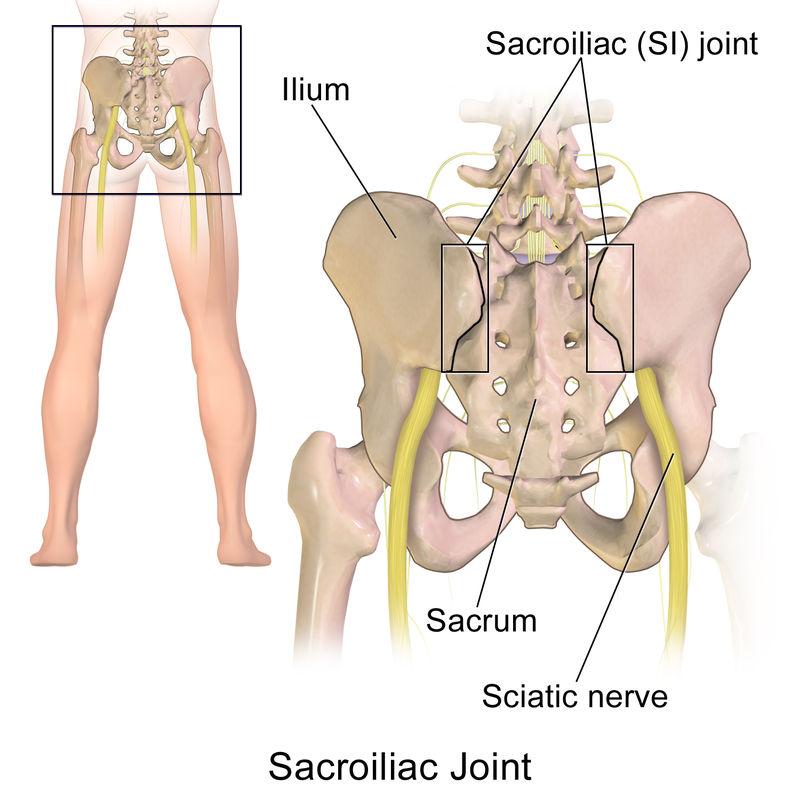
What are sacroiliitis symptoms?
Pain in your lower back is the most common sacroiliitis symptom. The pain might:
- Get worse after you’ve been sitting or standing in one position for a long time.
- Get worse when you turn or rotate your hips.
- Feel suddenly sharp and stabbing. You might also feel a more constant dull ache.
- Radiate (spread) from your low back into your butt (your buttock muscles), hips or thighs.
People with sacroiliitis often feel stiff first thing in the morning. It’s common to have some stiffness after sleeping or sitting in one position, but the stiffness sacroiliitis causes usually lasts for more than an hour every time you wake up.
What causes sacroiliitis?
Causes for sacroiliac joint issues include:
- Injury. A sudden impact, such as a motor vehicle accident or a fall, can damage the sacroiliac joints.
- Arthritis. Wear-and-tear arthritis, also known as osteoarthritis, can occur in sacroiliac joints. So can a type of arthritis that affects the spine, known as ankylosing spondylitis.
- Pregnancy. The sacroiliac joints loosen and stretch for childbirth. The added weight and changed way of walking during pregnancy can stress these joints.
- Infection. Rarely, a sacroiliac joint can become infected.
How is sacroiliitis diagnosed?
A healthcare provider will diagnose sacroiliitis with a physical exam and some imaging tests. They’ll examine your back, hips and legs. Tell your provider when you first noticed pain or other symptoms and if certain activities make the pain worse. Talk to your provider about other health conditions or issues you have. This can help them determine what’s causing the sacroiliitis.
Your provider might have you perform some physical movements to check your range of motion (how far you can move a part of your body without feeling pain). They might press on your sacroiliac joints or the area around them. Tell your provider if any position, movement or type of pressure makes the pain worse.
What tests will providers use to diagnose sacroiliitis?
Your provider might use imaging tests to take pictures of your sacroiliac joints, including:
- Pelvis X-rays.
- Computed tomography(CT) scan
- Magnetic resonance imaging (MRI)
Your provider might also use blood tests to rule out infections and other issues that cause inflammation in your body.
How do you treat sacroiliitis?
There are a variety of treatments available for sacroiliitis. These include medications, exercises, and surgical procedures.
Medication
The following medications can help to treat sacroiliitis:
- Pain relievers: Over-the-counter (OTC) pain medications may provide some relief. A doctor may prescribe stronger medicines if OTC options are not helping.
- Muscle relaxants: Sacroiliitis can cause muscle spasms that may be painful. Muscle relaxants can help relieve these.
- TNF inhibitors: This type of medication can help ease sacroiliitis if it is associated with autoimmune diseases such as ankylosing spondylitis.
Therapy
A health care provider, such as a physical therapist, can teach range-of-motion and stretching exercises. These exercises are designed to ease pain and to keep the low back and hips more flexible. Strengthening exercises help protect the joints and improve posture.
Surgical and other procedures
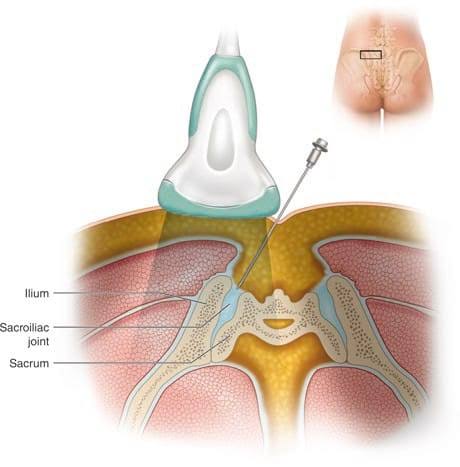
If other methods haven’t relieved pain, a health care provider might suggest:
- Shots into the joint. Corticosteroids can be put into the joint to reduce swelling and pain. You can get only a few joint injections a year because the steroids can weaken nearby bones and tendons.
- Radiofrequency denervation. Radiofrequency energy can damage or destroy the nerve causing the pain.
- Electrical stimulation. Implanting an electrical stimulator in the lower spine might help reduce pain caused by sacroiliitis.
- Joint fusion. Although surgery is rarely used to treat sacroiliitis, fusing the two bones together with metal hardware can sometimes relieve sacroiliitis pain.
